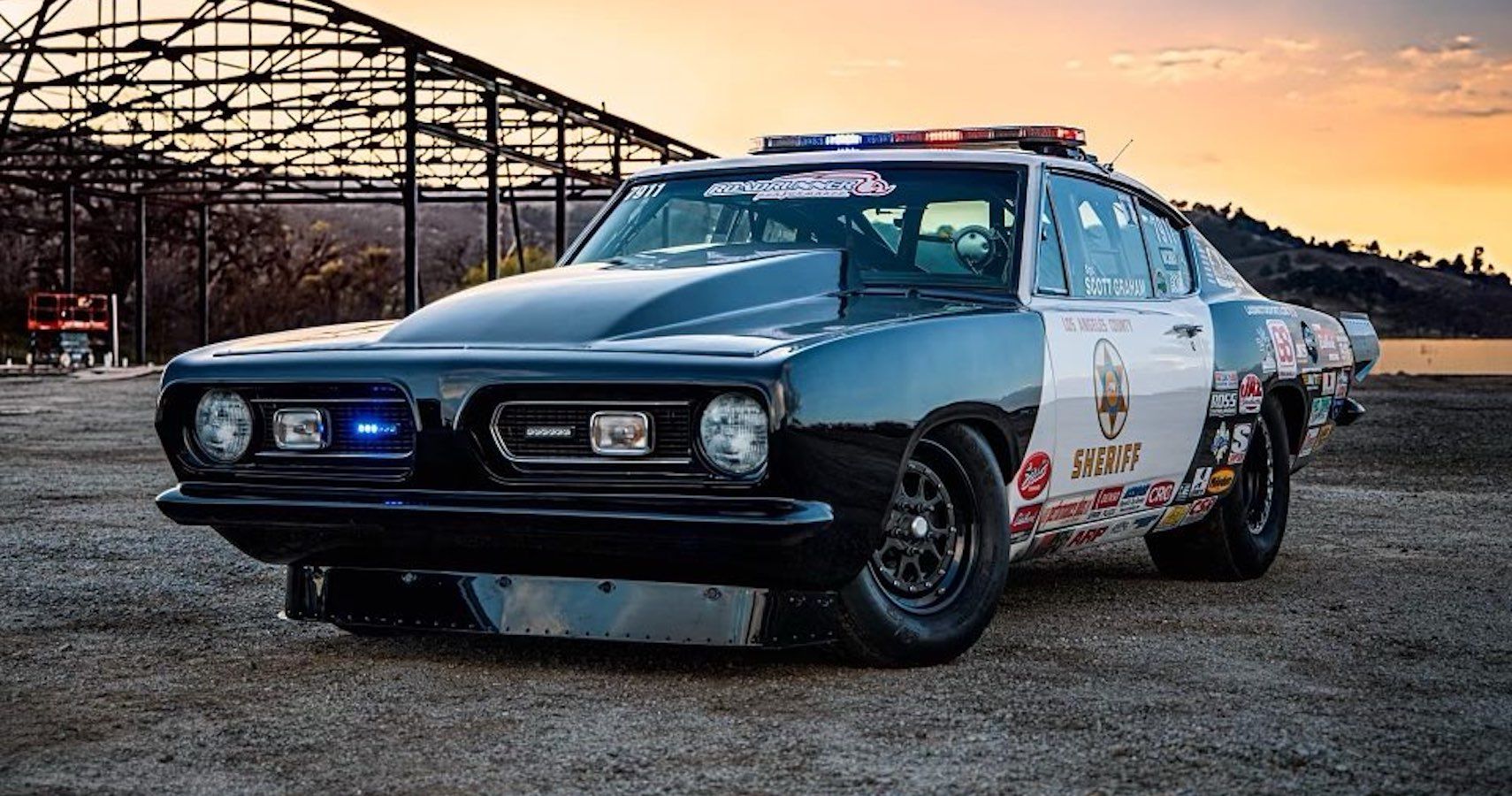Drag racing is the ultimate car enthusiast's interest, and to some, it’s become a lucrative career. Anyone who gets a chance to drive sports cars on the drag strip can easily get hooked to the adrenaline rush, the speed, love of cars, and making memories, among other things. In the end, you’re guaranteed to have a great time.
When it comes to racing, your choice of car can make a huge difference. Drag racing is about the synergy between the driver and the vehicle. While most folks prefer modern cars with lots of muscle, there are some classics that can outpace the more modern muscle counterparts. Some good modifications to your car can also trim your lap time by a lot and can turn any car into a track weapon. Modifications include tires, engine oil and an advanced brake system, and more. One good example of a souped-up classic is this Chrysler creation: a 1967 Plymouth Barracuda.
Anyone who frequently visits racetracks across the US has come across this two-door fastback. Scott Graham, a now-retired police sergeant, built this legendary sports car. Today, he races it around various drag strips in America. This 1967 Plymouth Barracuda wears a semi-official uniform of the Los Angeles County Sheriff’s Office and has become a track legend.
The Origin Of The Once-Neglected Plymouth Barracuda Classic
Scott Graham has shown off the second-generation Barracuda extensively on his Instagram account @lasdcuda. The race car driver built the car for the LASD Motorsports group, a nonprofit concern. It exists to spread awareness to younger folks on the dangers of illegal racing, gang involvement, and drug use. The car makes a lot of appearances each year, in community events, schools, and racetracks, with the same educational purpose.
Scott acquired this particular Plymouth Barracuda in 2002. It belonged to a friend’s father-in-law and remained immobilized beside his Californian home for most of its life. Under the hood, the Barracuda packed a 318-ci V-8 engine. Aside from this, it had a 4-speed gearbox and factory front disc brakes.
1967 Plymouth Barracuda With Race-Track Worthy Mods
Scott Graham fitted the Barracuda with impressive hardware to improve its racing performance. So far, he built the car with two interpretations. In the first attempt, Scott replaced the 318ci V-8 with a 512ci component. It featured CarbB-1 aluminum heads, built by B.J. Kucharski. This engine produced a staggering 950 horsepower at 7300 RPM and 759 lb-ft of torque at 5600 RPM. He paired this robust engine to a Pro-Trans 727 Transmission. This propelled the car to a top speed of 152.8 mph in under 8.82 seconds. Other high points were the Groden Aluminum Rods, 35 Spline Currie axles, an MSD Ignition, and Crower Steel crank, to name a few.
A 440ci V8 replaced the 512ci unit for the second interpretation. Equipped with Edelbrock victor aluminum heads, this smaller engine produced 712 horsepower at 6800 RPM. Scott paired it with the same Pro- Trans 727 Transmission system and axle elements. The car also featured 175 Shot Nitrous Works, a factory steel crack, and stock rods with ARP Pro Wave Loc Bolts. The interior received JAZ aluminum seats, an AEM digital data acquisition dash display, AutoMeter Pro-Comp Ultra-Lite gauges, and a grant steering wheel. This second interpretation of the Plymouth Barracuda made a top speed of 148.7 mph in 8.94 seconds.

